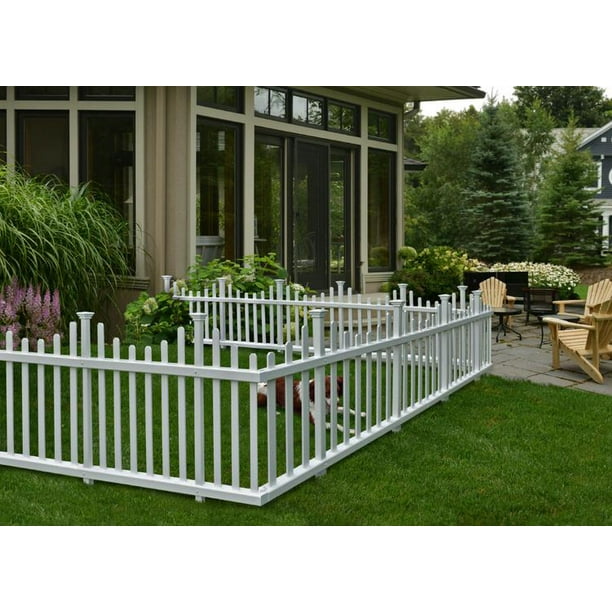How Asheville Fence - Commercial and Residential Fence can Save You Time, Stress, and Money.

The 7-Minute Rule for All You Need to Know About Fence Materials - Bob Vila
The last relevant original title deed( s) and a completed seller's property details type might document which side has to put up and has set up any fence respectively; the very first utilizing "T" marks/symbols (the side with the "T" represents the owner); the latter by a ticked box to the very best of the last owner's belief without any duty, as the traditionally agreed conveyancing procedure tensions, to make any in-depth, drawn-out enquiry.
Otherwise it tends to be on non-owner's side so the fence owner may access the posts when repairs are required but this is not a legal requirement. Where estate organizers wish to entrench privacy a close-boarded fence or comparable well-kept hedge of a minimum height may be stipulated by deed.
Get This Report about Fence Products - YellaWood
The hedge and ditch ownership presumption Where a rural fence or hedge has (or sometimes had) an adjacent ditch, the ditch is generally in the very same ownership as the hedge or fence, with the ownership border being the edge of the ditch furthest from the fence or hedge.
They might then put up a fence or hedge on the spoil, leaving the ditch on its far side. More Details exist in law, for instance where a plot of land stems from subdivision of a bigger one along the centre line of a previously-existing ditch or other feature, particularly where strengthened by historic parcel numbers with acreages beneath which were used to tally up an overall for administrative units not to validate the real size of holdings, an uncommon circumstances where Ordnance Study maps typically offer more than circumstantial evidence namely as to which function is to be thought about the boundary.

What Makes the Best Wooden Fence? - Where to Buy Strong Wood Fence
The Ultimate Guide To Mills Fence Company: Find a Fence Company in Ohio

On the other hand, for typical land, it is the surrounding landowners' duty to fence the common's animals out such as in big parts of the New Forest. Big commons with livestock roaming have been greatly lowered by 18th and 19th century Acts for enclosure of commons covering most regional systems, with many staying such land in the UK's National Parks.

50' Welded Wire Fence at Menards®
Original fence laws on the east coast were based upon the British typical law system, and quickly increasing population quickly led to laws requiring animals to be fenced. In the west, land ownership patterns and policies showed a strong influence of Spanish law and tradition, plus the vast acreage involved made extensive fencing unwise up until mandated by a growing population and disputes between landowners.
